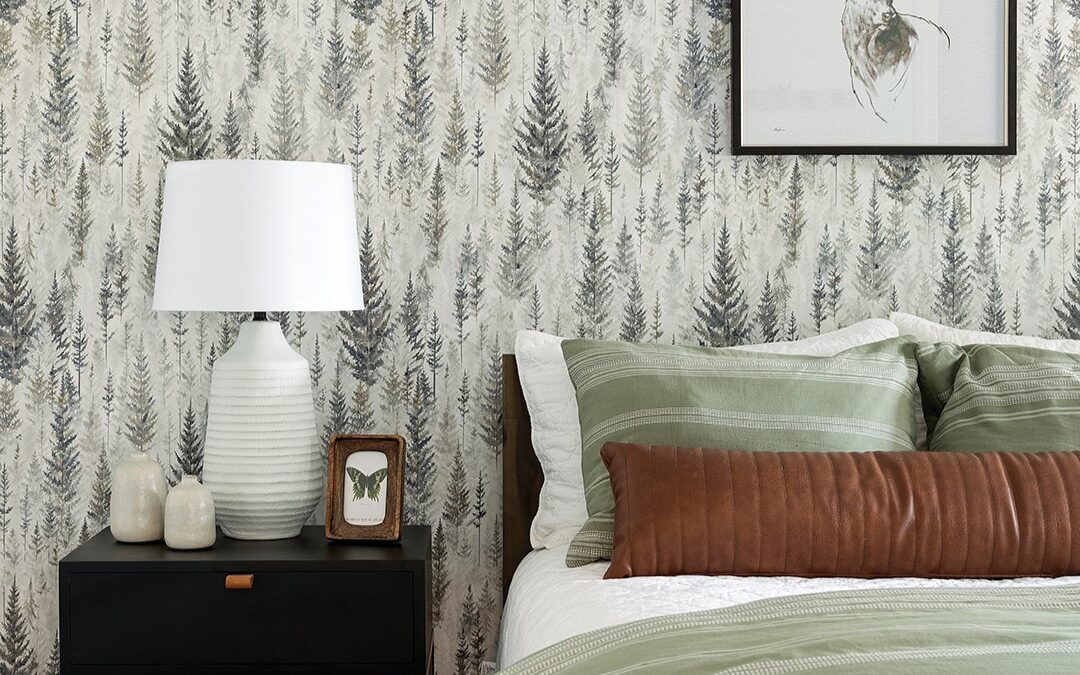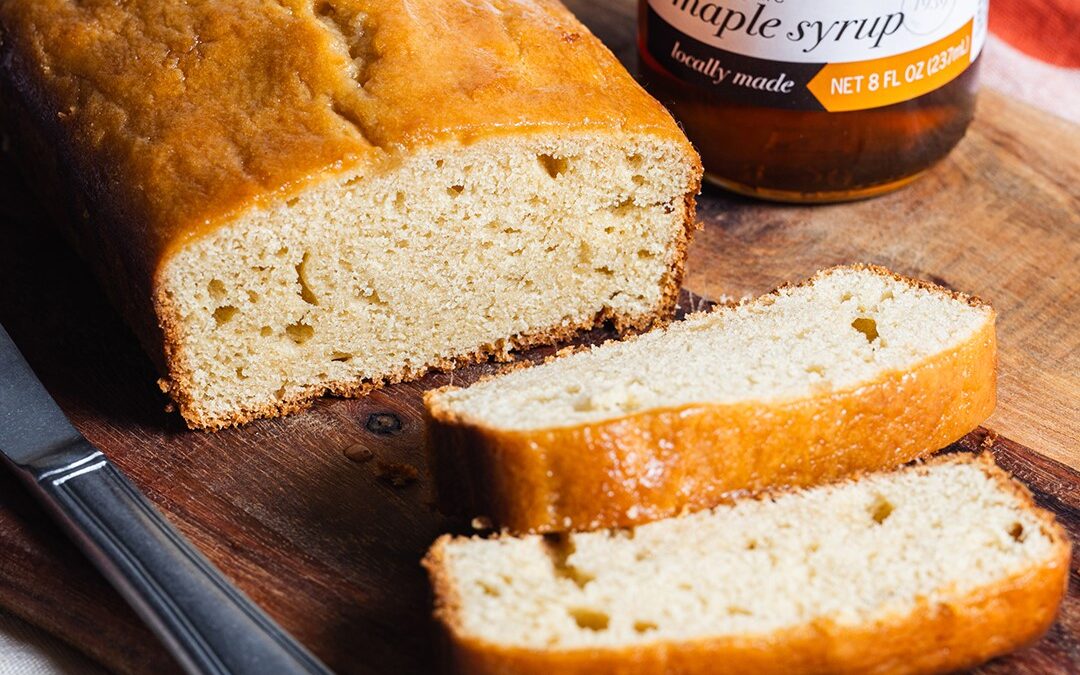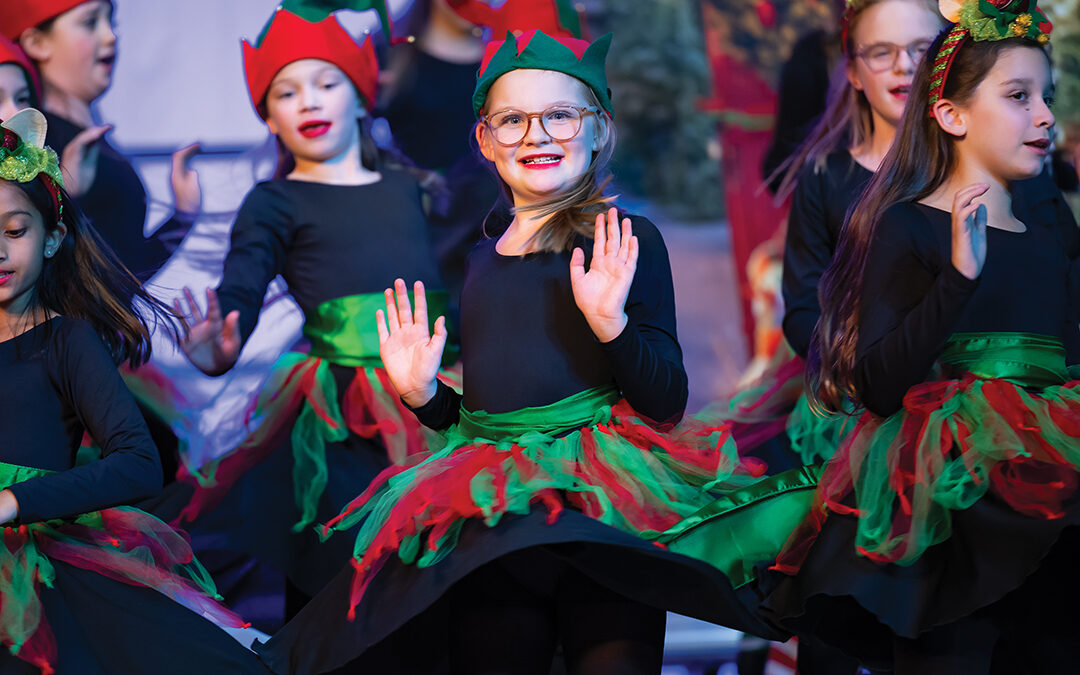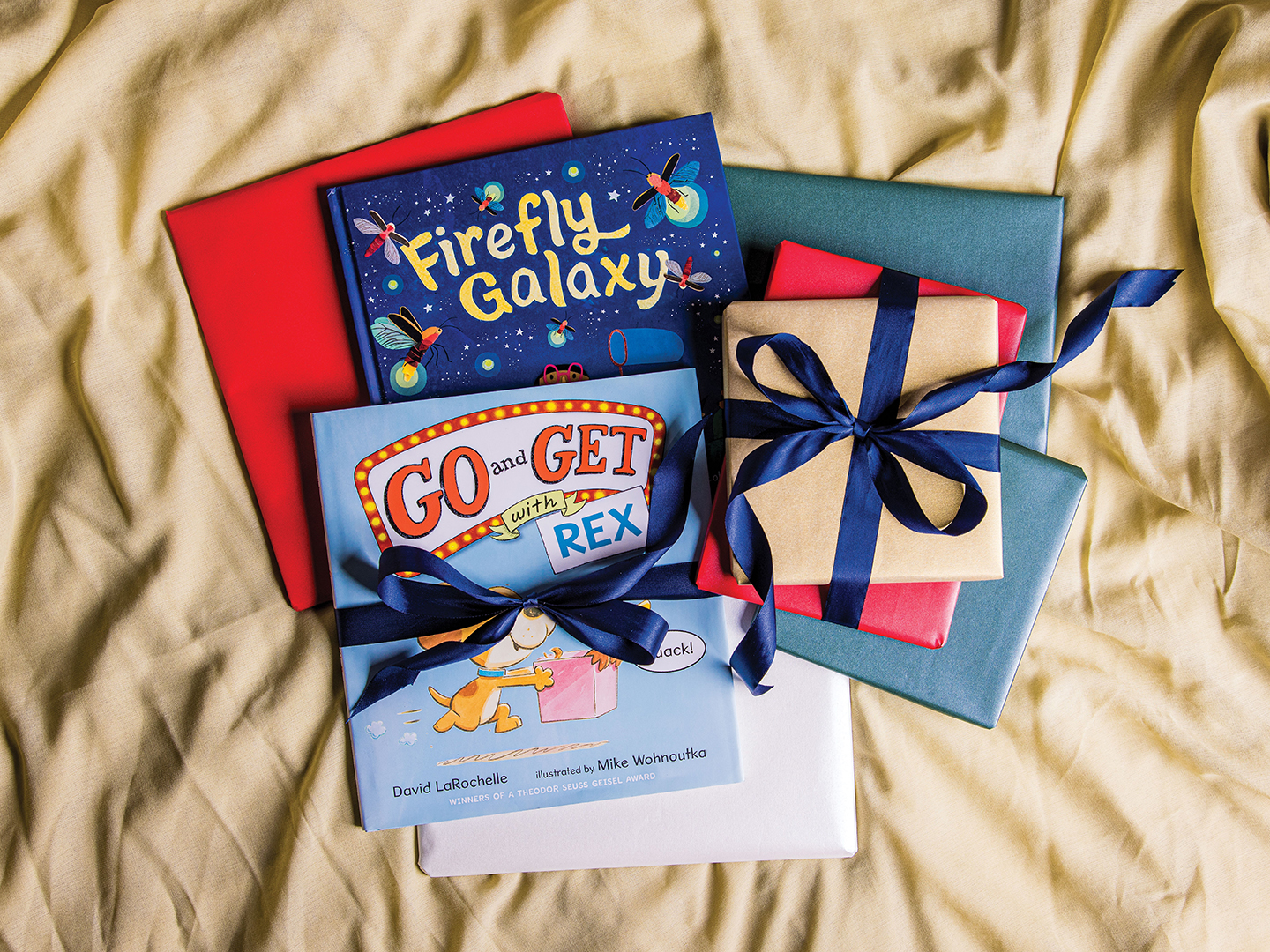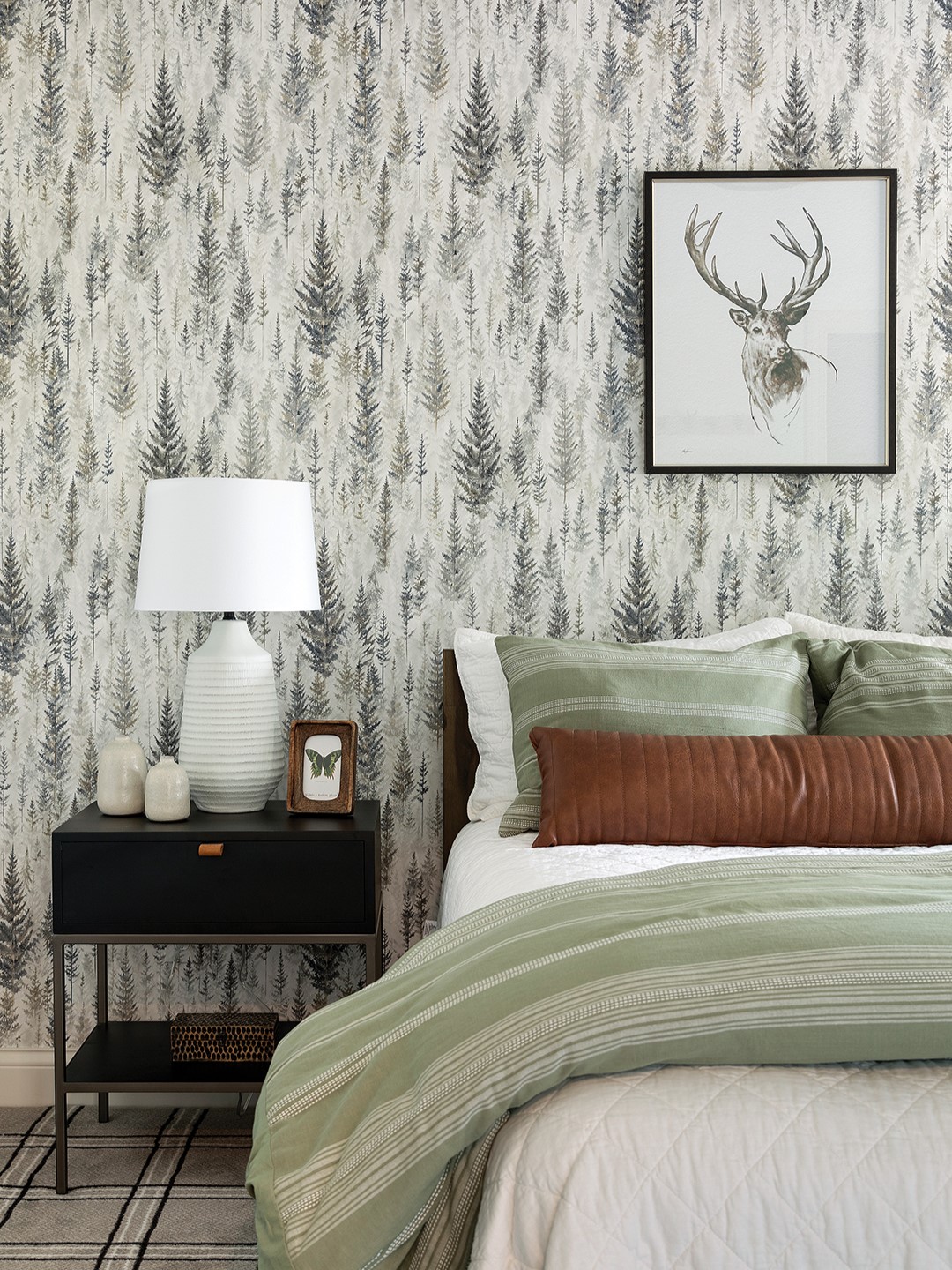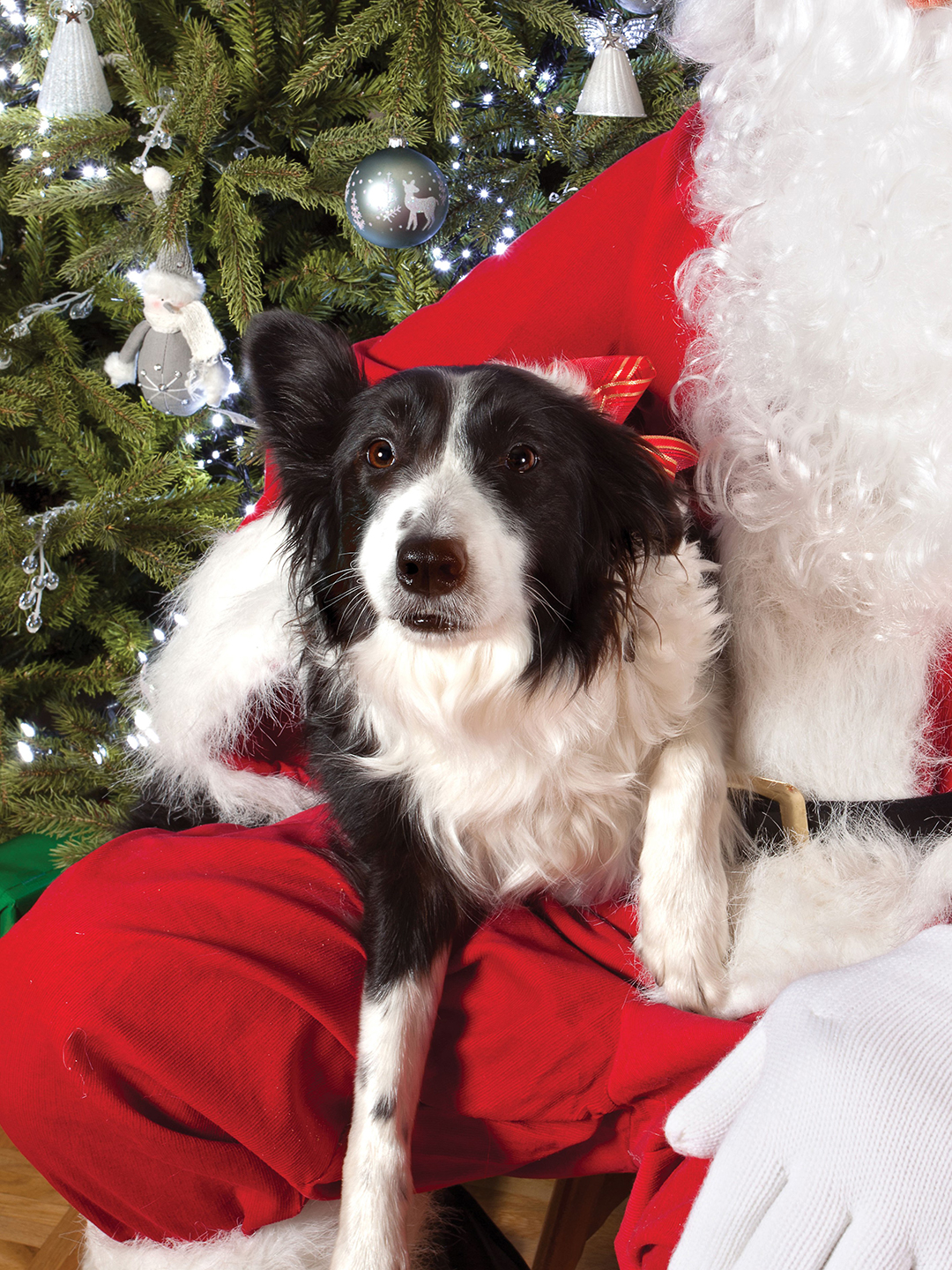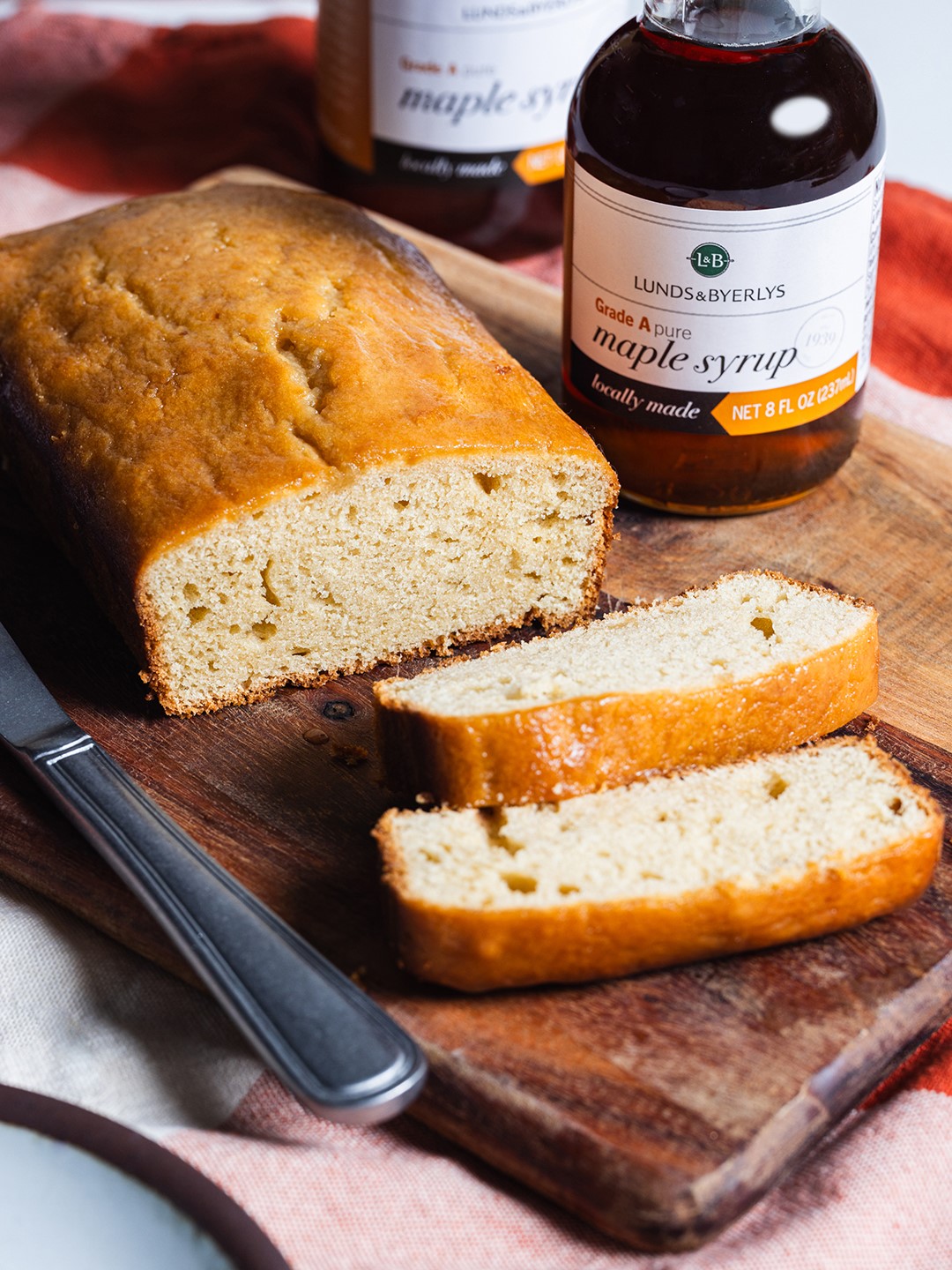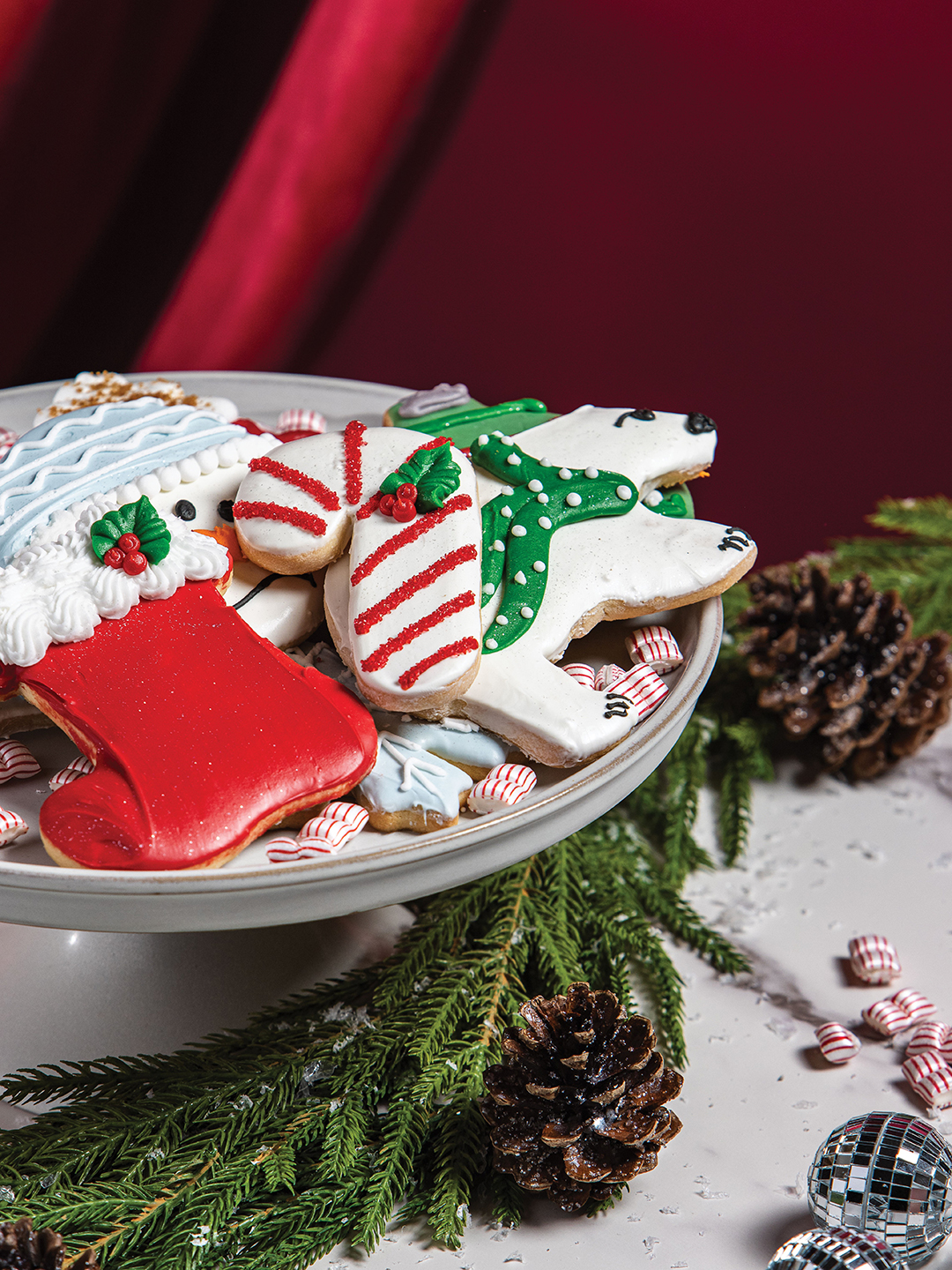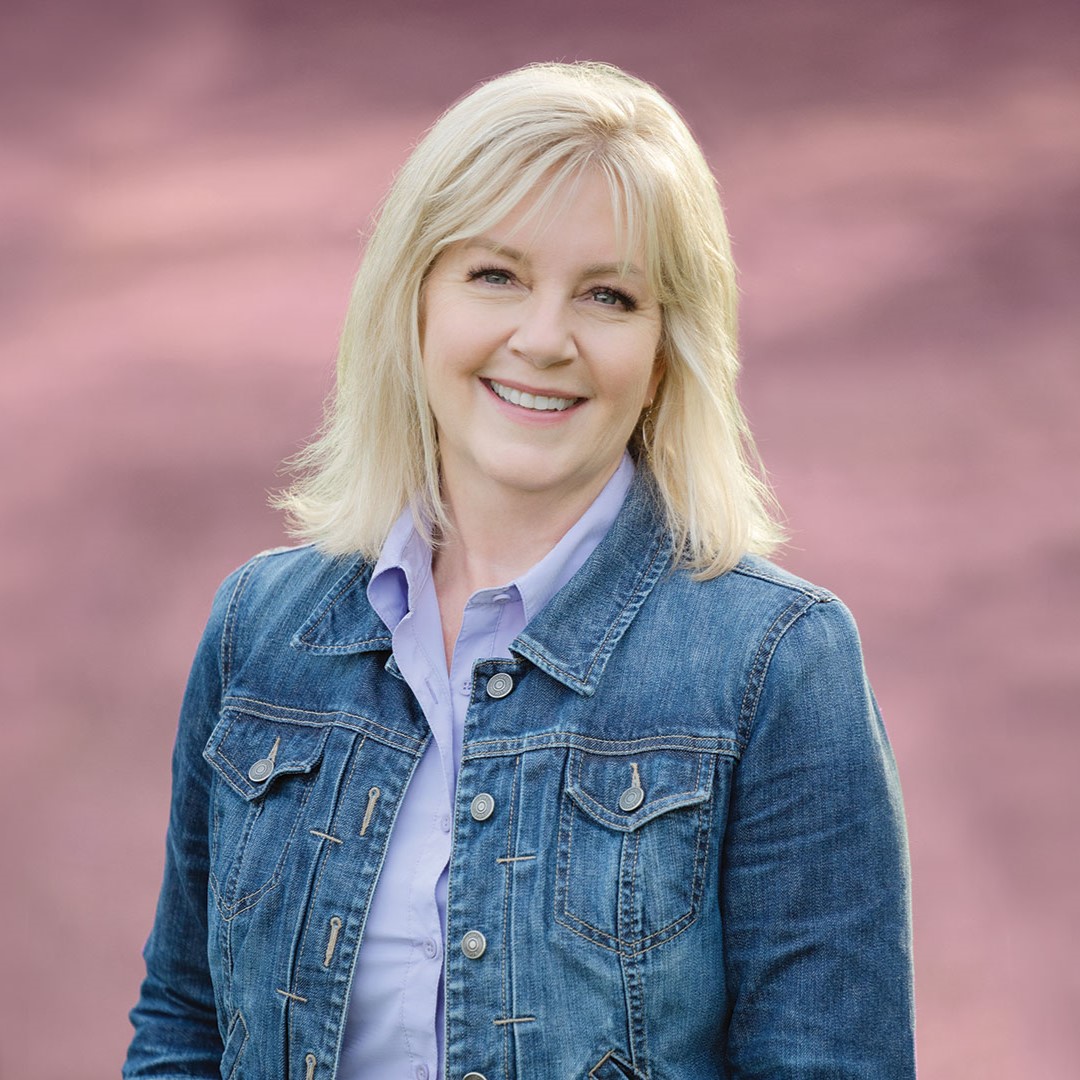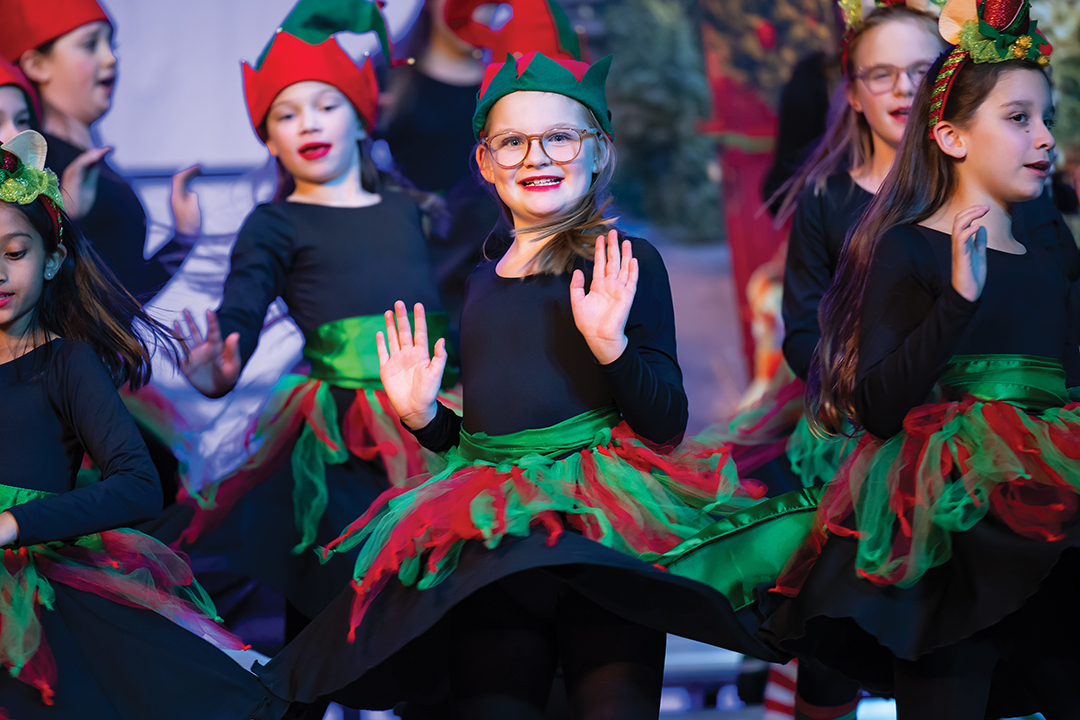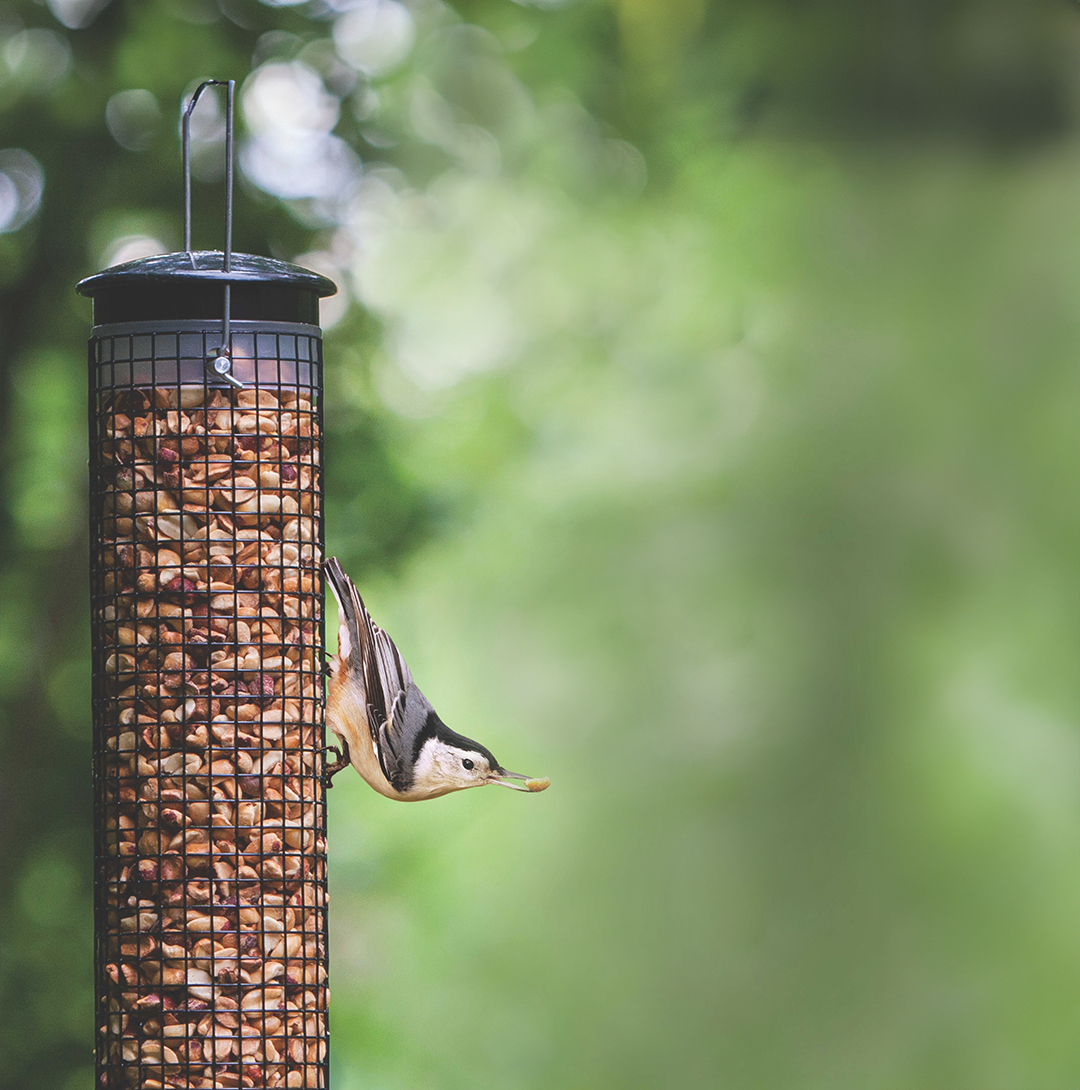
Photos: Wild Birds Unlimited
Wild Birds Unlimited encourages the hobby in your backyard and beyond.
With varied landscapes from forests and prairies to wetlands and at least 266 bird species documented throughout Minnesota, it’s not a surprise that the state has been a hotspot for local and international birders alike. Closer to home, Woodbury and its surrounding communities are ideal for spotting the most common birds to more of the rare species, too.
“What a great community it is, with trails … wetlands and marshes and things like this all throughout the community. The birds are right here,” says Michelle Foster, co-owner of the Woodbury franchise of Wild Birds Unlimited. “We have all of these beautiful birds, and the people here really appreciate them and want to feed them.”
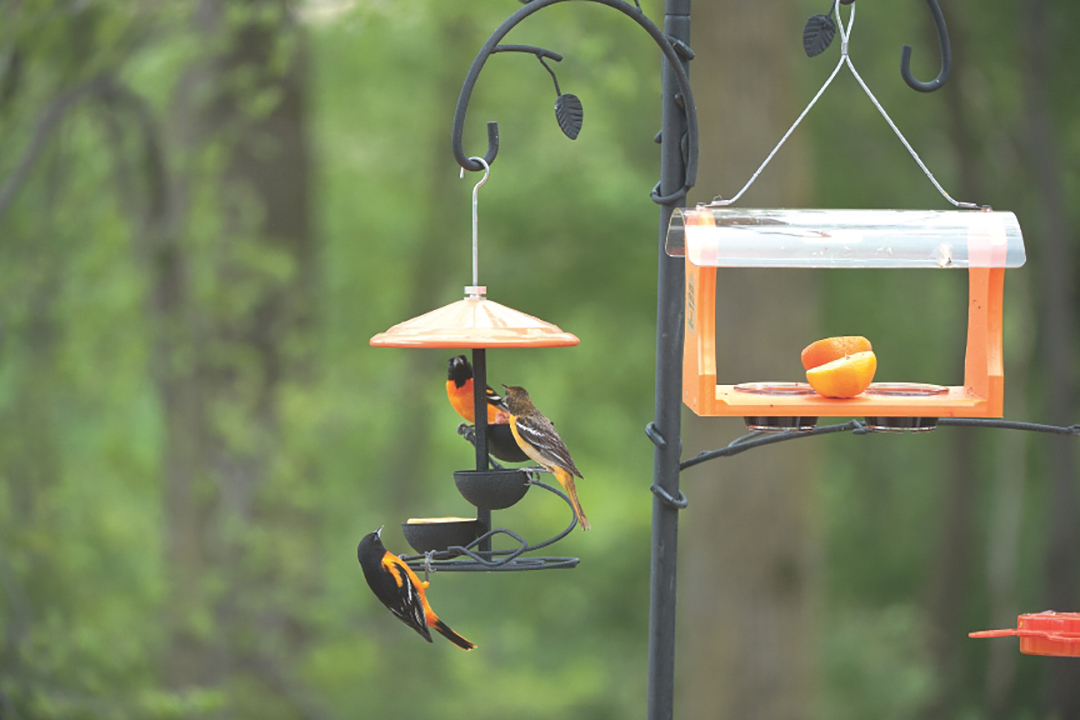
Orioles atop an Orange Spiral TreatTray.
Foster and her husband, Doug Shaw, opened Wild Birds Unlimited right here in Woodbury’s Tamarack Village last fall. The local store stocks everything wild bird-related, including various bird foods and feeders, bird baths and houses, cleaning supplies, books and more.
The duo felt inspired to open their own franchise after Foster had previously worked at the St. Paul location of Wild Birds Unlimited. Prior to her time with the company, Foster grew up on a farm in southern Illinois, studied biology in college and went on to work in environmental engineering. Similarly, Shaw had been an engineer when the two met and proceeded to spend more than 20 years in wildlife conservation. “It’s a natural fit for us to have that background in nature and conservation,” Shaw says.
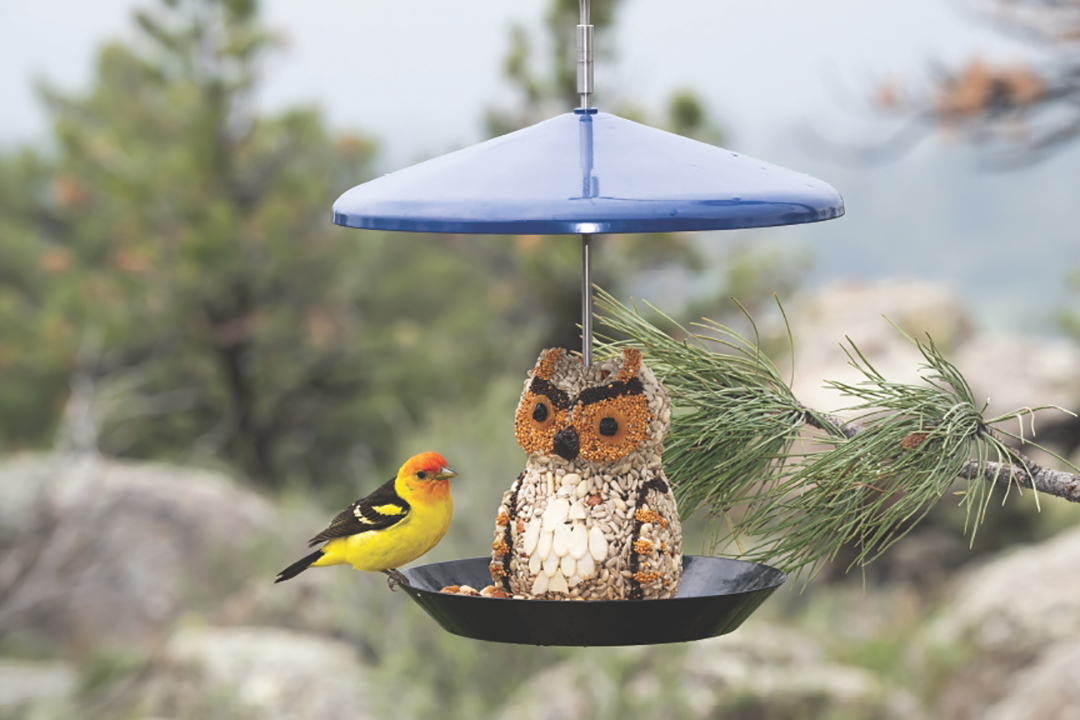
A western tanager eats an Olive the Owl Seed Character on a Flyin’ Bistro Cylinder Feeder.
Building Bird-friendly Backyards
The St. Paul residents offer their tips for attracting birds to your yard this summer.
How can residents attract birds to their own yards this season?
Michelle Foster (MF): You will hear me wax poetically about the importance of native plants. Plants bring bugs, and bugs bring birds. That’s a really important equation. The birds that we have here, they’ve evolved here with the bugs that go with the plants that evolved here. Getting plants that birds need to nest and thrive and have success in nesting for that year, is really, really important … Hummingbirds are attracted to tubular flowers, and I learned that red, white and blue flowers attract hummingbirds. It depends on the bird, but plants are the biggest draw.
Doug Shaw (DS): It’s about building a backyard habitat for them … In summer, they’re probably raising hatchlings at this point, and they need foods that help them get the right nutrition … It’s really thinking about what the birds need, and it’s high-quality food at this time of the year. When they are raising babies, they need protein and calcium for strong eggs and feathers.
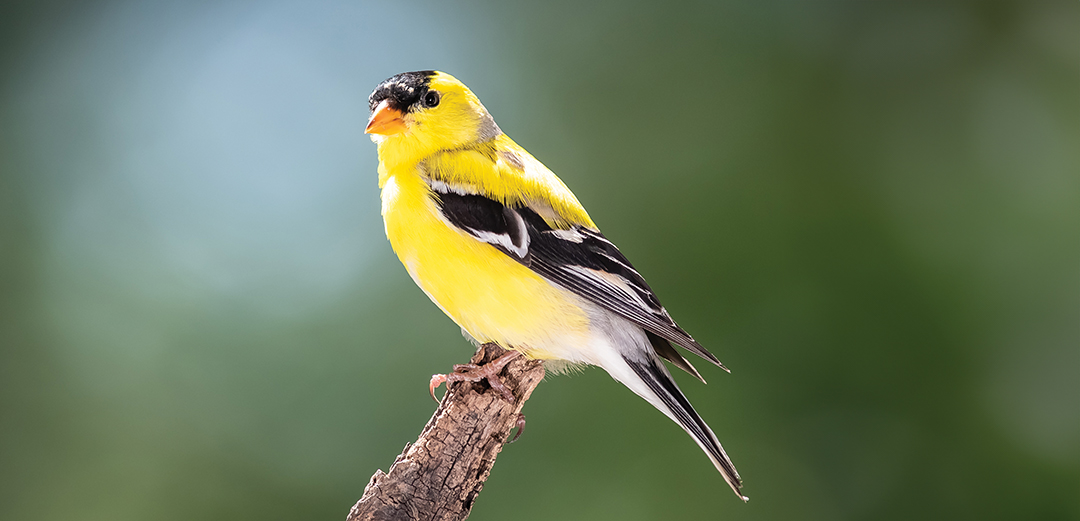
iStock/RCKeller
How can you keep pesky squirrels and other animals away from your feeders?
DS: That’s our number one topic of conversation in the store. There’s a range of strategies, and it depends on the situation in your backyard. Physical solutions include feeders that are squirrel-proof … Another strategy involves foods, which we have a whole line of, that have hot pepper in them. Squirrels, like people, are put off by spicy stuff, like hot peppers, and that’s an old trick … if you can’t feed ’em, join ’em. Feed them other foods that birds don’t prefer, like corn on the cob and other feeders dedicated to squirrels that they come to more prevalently.
How often should you replace the food and clean your feeders?
MF: Cleaning is super important. I can’t stress that enough. If you have a lot of birds gathering in the feeders—and if a bird carries a germ—you want to get it out of there. Moisture and seed don’t coexist well, so keeping seed dry is important. Otherwise, you can get mold … I would say at least twice a month is the time table you should be on for cleaning. There’s certain things you can do like shaking up the seed from clumping and holding moisturizer, and thus [reducing] molding … Clean it really well. If you use bleach, use a light solution, and make sure it’s rinsed well and aired out.
DS: The main exception is hummingbird feeders. The mix of nectar, sugar and water, the hot days in the summer when hummingbirds are active, that can go bad fast. You should clean it out, and replace nectar every three to seven days.
For hummingbird feeders, how do you keep bees and ants away?
DS: Sometimes, you can’t because certain things are just drawn to the nectar … One way is to make sure that your hummingbird feeder, if it’s colored, is colored red … Yellow is more of an attractor for bees and wasps but not hummingbirds.
MF: Bees have scouts that tend to go out in the morning and find food. You can bring your feeder in, and put them out later in the morning than the scouts are looking. You can move your feeder, and that throws the bees off. Not too far, you don’t want to confuse the hummingbirds, but a few feet can make a difference.
For a list of bird feeders and the types of visitors they attract, explore Doug Shaw’s recommendations.
Books on Birding
With a heavy emphasis on reading, Michelle Foster says it’s been a joy to host book events and author readings at Wild Birds Unlimited. Here, Foster shares her book recommendations for both adults and kids interested in birding.
For adults:
- The Private Lives of Public Birds: Learning to Listen to the Birds Where We Live by Jack Gedney
- Into the Nest: Intimate Views of the Courting, Parenting and Family Lives of Familiar Birds by Duluth resident Laura Erickson & Marie Read in collaboration with the Cornell Lab of Ornithology
- The Joy of Bird Feeding by Wild Birds Unlimited founder and CEO Jim Carpenter. “This is the absolute best reference on more than 150 backyard birds, what foods they like to eat, the feeders they are attracted to, nesting and roosting boxes, critter solutions and backyard habitat,” Foster says. “This is the go-to reference book in our store, and it’s fun to read, too.”
For kids:
- Little Birdie Buddies of Minnesota and Little Birdie Buddies of Wisconsin by local author and artist Heather Boschke
- Birds of Minnesota Field Guide and Birds of Wisconsin Field Guide by Stan Tekeiela
Wild Birds Unlimited
8390 Tamarack Village #517; 651.735.9755
Facebook: Wild Birds Unlimited of Woodbury, MN

